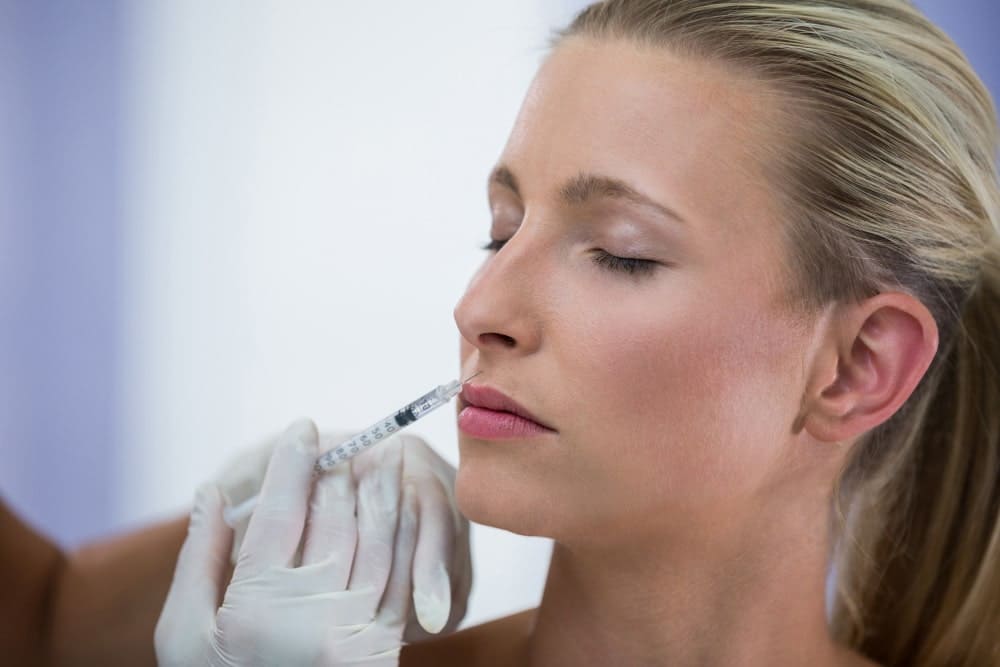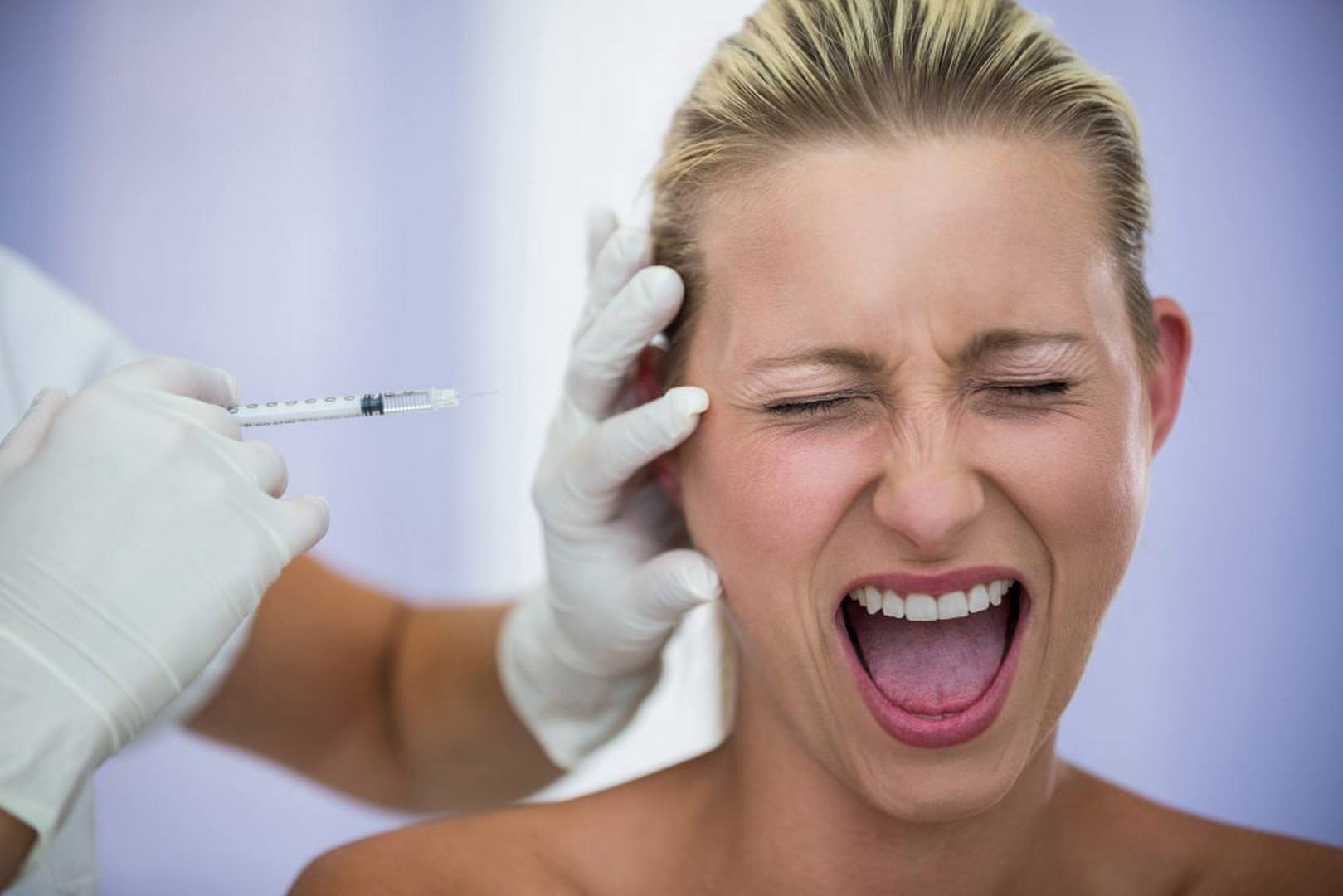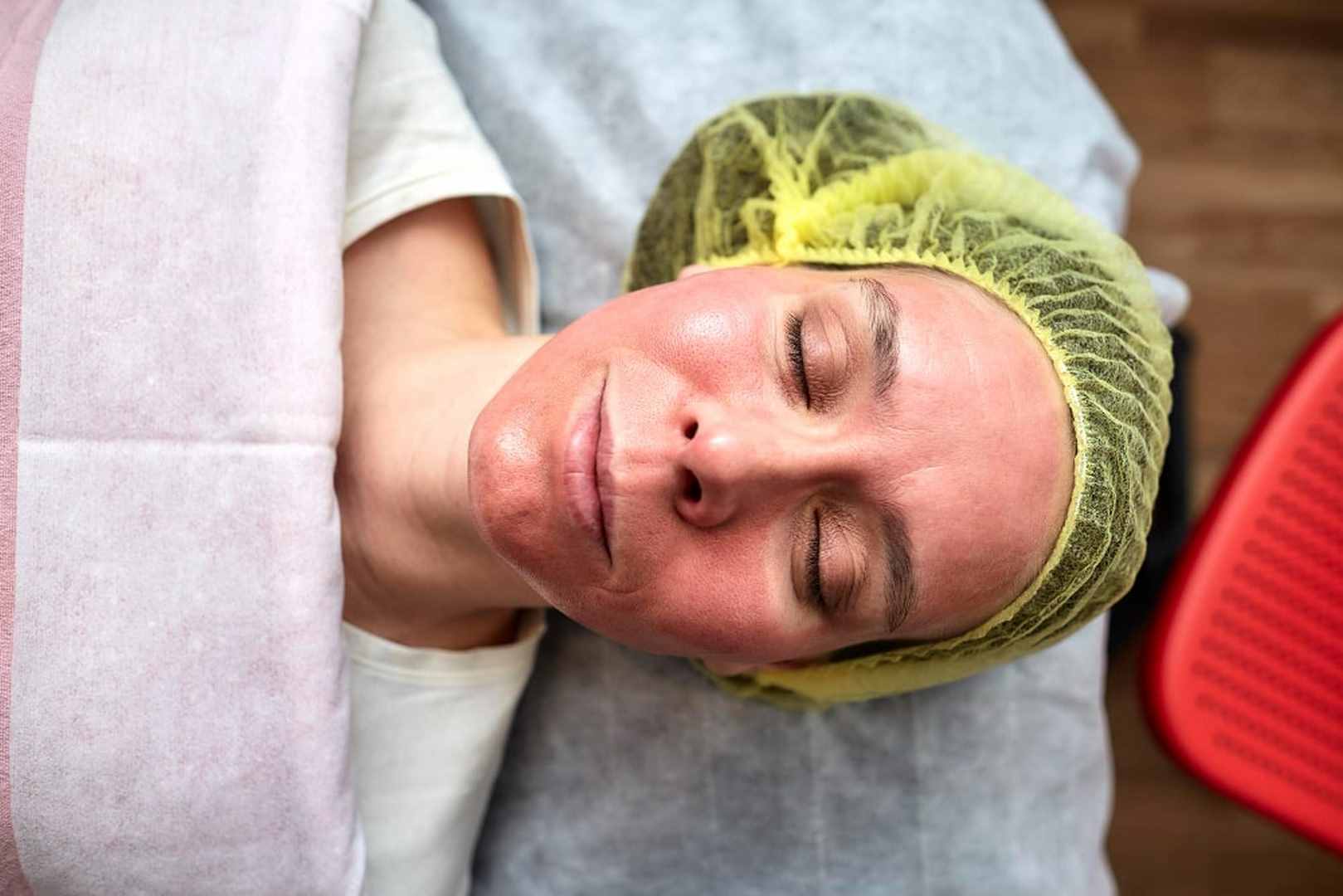Dermal Fillers vs. Botox: What’s the Difference?
 Both dermal filler and Botox injections belong to the most popular cosmetic procedures these days. They help millions of people all around the world to stay young and beautiful for a substantial period of time. So, what are the peculiarities of dermal filler and Botox treatments? What are the main similarities and differences between them? Well, let us find answers to these questions right away!
Both dermal filler and Botox injections belong to the most popular cosmetic procedures these days. They help millions of people all around the world to stay young and beautiful for a substantial period of time. So, what are the peculiarities of dermal filler and Botox treatments? What are the main similarities and differences between them? Well, let us find answers to these questions right away!
What Are Dermal Fillers?
Dermal fillers (or, as they are also called, soft tissue fillers) are cosmetic injectables that aim to rejuvenate and enhance the overall appearance of a patient. They are characterized by exceptional safety, effectiveness, and long-lasting duration.
Active Substance
Depending on the main active substance in their composition, all dermal fillers might be divided into several subtypes, namely:
- Hyaluronic acid fillers (for instance, Belotero, Desirial, Juvederm, Restylane, Saypha, Teosyal, and many more). Hyaluronic acid fillers are probably the most popular ones between healthcare providers and their patients all over the world. A vast majority of them are based on synthetic HA of non-animal origin that efficiently replaces natural HA that might be found in the skin, joints, and eyes, and decreases as people get older;Worth knowing: Hyaluronic acid is a substance with powerful hydrating properties. It helps body cells to attract moisture and, therefore, stay well-hydrated. As a result, the skin remains elastic, volumized, and attractive;
- Calcium hydroxyapatite fillers (for instance, Radiesse). Calcium hydroxyapatite fillers, in their turn, are also quite widespread. The main active substance they employ is a naturally occurring mineral that might be found in human bones. It effectively accelerates the natural production of collagen and, therefore, improves the elasticity of the skin;
- Poly-L-lactic acid fillers (for instance, Sculptra). Poly-L-lactic acid fillers are based on a fully synthetic (but nevertheless absolutely safe) substance. It not only restores the volume of the skin that has been lost as a result of the aging process but also nurtures the skin “from within” by means of increasing its levels of collagen and elastin;
- And so on.
Indications
All types of dermal fillers are indicated for aging skin that has lost its volume, elasticity, and hydration. They profoundly improve the overall appearance of a patient with the help of their power to:
- Soften static wrinkles (for instance, smile lines at the corners of the mouth, around the cheeks, and along the neck);
- Restore the lost volume of the face;
- Make the skin more elastic;
- Contour the facial oval;
- Augment lips;
- And so on.
In other words, dermal filler injections have a wide range of aesthetic purposes. They effectively rejuvenate and enhance the skin of a patient, as well as provide it with a youthful glow.
According to their treatment protocol, only a certified healthcare provider with a valid medical license is eligible to inject dermal fillers. The products should be administered beneath a patient’s skin with the help of a fine gauge needle.
Results and Side Effects
In most cases, dermal filler procedures ensure a patient with a durable but nevertheless non-permanent result. Depending on the individual peculiarities of each patient, such as their skin type, age, and lifestyle, it might last from several months to a couple of years. Moreover, the result of dermal filler treatments might be substantially prolonged by periodical touch-up procedures.
Worth knowing: Poly-L-lactic acid fillers have the most long-lasting duration if compared to calcium hydroxyapatite or hyaluronic acid ones. Therefore, they are considered to be semi-permanent solutions.
Normally, dermal fillers correct the signs of aging without causing any adverse reactions. At the same time, however, such side effects as temporary redness, itching, swelling, bruising, or pain might appear on the skin around the injection site. Luckily, they have a temporary character and tend to disappear on their own a couple of days after the procedure.
Worth knowing: The presence of any contraindications to the administration of dermal fillers substantially increases the risk of side effects after the treatment. Therefore, a healthcare provider should make sure that the procedure is safe in each individual case in advance.
What Is Botox?
Botox is an injectable solution that treats a wide range of medical and aesthetic issues related to muscle contraction. While being safe, effective, and long-lasting, it is strongly beloved by medical professionals and their patients all over the world.
Active Substance
The main active substance in the composition of Botox is botulinum toxin (type A). It is a naturally occurring element with strong muscle-relaxing properties that is produced by the bacterium of Clostridium botulinum.
Worth knowing: Botulinum toxin is an effective but, at the same time, dangerous substance. On the one hand, it is used to take care of different medical and aesthetic problems. On the other hand, however, it might cause temporary muscle paralysis.
After being intramuscularly injected into a patient’s body, botulinum toxin affects the nerves that are attached to the muscles around the area of the treatment, which eventually leads to their temporary relaxation.
Worth knowing: Botox is not the only solution based on botulinum toxin. Such brands as Azzalure, Bocouture, Dysport, Xeomin, and so on are also quite popular products with a similar composition these days.
Indications
The indications of Botox and other treatments that employ botulinum toxin might be divided into medical and aesthetic ones. In other words, these products might be used to take care of the following issues:
- Cervical dystonia, overactive bladder, neck spasm, lazy eye, migraine, and other medical problems related to a muscle contraction;
- Dynamic wrinkles (for instance, crow’s feet, forehead lines, and folds between the eyebrows).
Apart from being actively used for the above-mentioned indications, Botox injections relax isolated facial muscles and, therefore, might be used for lip flip, brow lift, and other aesthetic procedures usually performed by plastic surgeons.
As the treatment protocol of Botox suggests, it should be injected intramuscularly with the help of a licensed medical professional (no matter whether it is used for the treatment of neck pain or the reduction of dynamic wrinkles). Only this way a proper (and therefore safe) injection technique might be applied.
Side Effects
Under normal circumstances, Botox injections provide a patient with an exceptionally durable result. In most cases, it lasts from four to six months unless prolonged by undergoing follow-up procedures from time to time. Still, its exact duration strongly depends on the current health condition of each and every patient.
Worth knowing: In rare cases, too frequent injections of Botox might lead to a condition that is oftentimes referred to as Botox resistance. It occurs when a patient’s body either develops antibodies against the product or metabolizes it exceptionally quickly.
When properly administered, Botox does not lead to any unwanted complications. At the same time, it might sometimes cause the appearance of flu-like symptoms, nausea, difficult breathing, or hard swallowing during the first several hours after the procedure. In most cases, these symptoms fade away without any medical supervision shortly after the procedure.
Worth knowing: The risk of the above-mentioned side effects might be minimized if a healthcare provider thoroughly investigates the current health condition of a patient before the procedure in order to exclude the presence of any contraindications to it.
 What Are the Similarities and Differences Between Dermal Fillers and Botox?
What Are the Similarities and Differences Between Dermal Fillers and Botox?
Based on the above-mentioned description of dermal fillers and Botox, it becomes visible that these solutions are pretty comparable but nevertheless distinct. Below, you will find the list of the main similarities and differences between them.
Similarities
The main similarities between dermal fillers and Botox include:
- They both are the injectable products that are administered with the help of minimally invasive procedures;
- They both are effectively used for the overall rejuvenation and enhancement of a patient’s appearance;
- They both create a temporary but nevertheless long-lasting result that might be substantially prolonged by periodical touch-up treatments;
- They both are intended for professional use by certified healthcare professionals with valid medical licenses;
- They both might be used to reduce the appearance of facial wrinkles and, therefore, rejuvenate a patient’s skin;
- And so on.
Worth knowing: In most cases, injections of dermal fillers and Botox cost roughly the same. They are not usually covered by health insurance and might require a patient to spend several hundreds of dollars per procedure.
Differences
While the main differences between dermal fillers and Botox, in their turn, might be summarized as follows:
- Active substances of dermal fillers and Botox are absolutely different;
- Unlike dermal fillers with their purely aesthetic indications, Botox might also be used to treat a variety of medical conditions;
- Injections of dermal fillers and Botox might cause distinct side effects;
- And so on.
Worth knowing: Under normal circumstances, the result of dermal fillers tends to last for a longer period of time than the one of Botox. However, this statement is strongly individual and might vary from one person to another.
A Bottom Line
All in all, dermal filler and Botox injections are the most widespread procedures of aesthetic medicine. While having a wide range of similarities, they are not identical and vary in a number of aspects, such as active substances, indications, and side effects.
At the same time, however, exceptional safety, effectiveness, and long-lasting duration are the things that unite dermal fillers and Botox. Thus, choose any of these two solution, and we are sure you will be satisfied!





